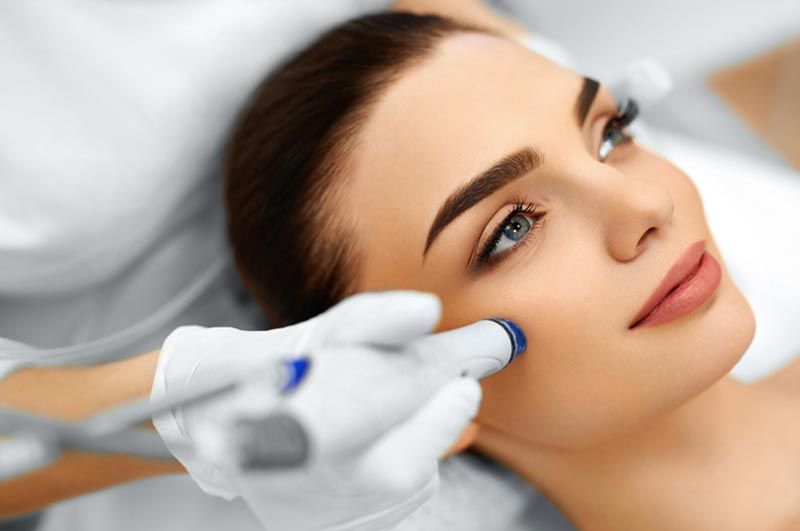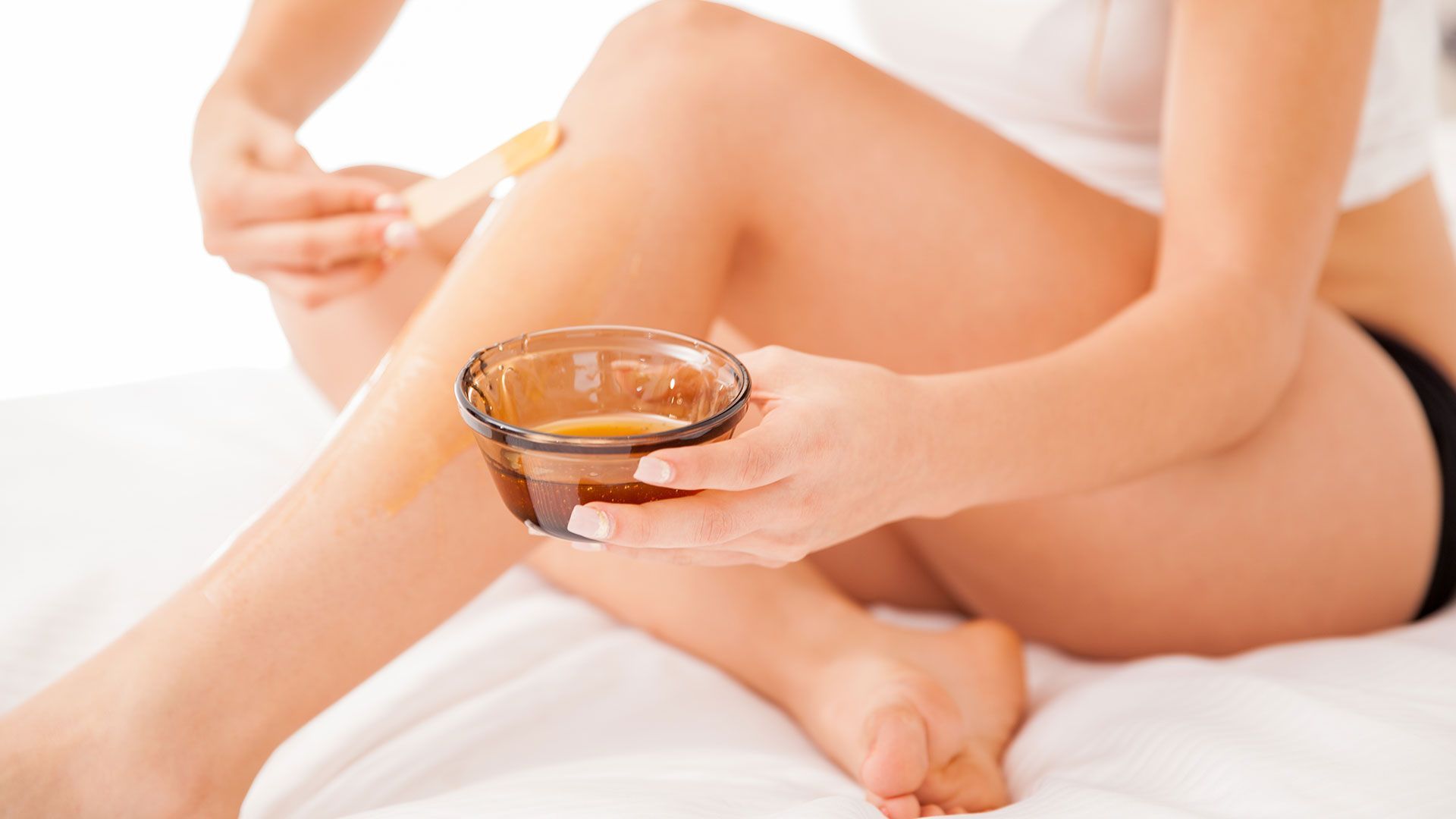Types of Chemical Peels: SF Skin Renewal Guide
Key takeaways
- Chemical peels are skin treatments that use acids to remove dead skin cells and improve skin texture
- There are three main types of chemical peels: superficial, medium, and deep
- Each type of peel targets different skin concerns, from mild exfoliation to deep wrinkle reduction
- Glycolic acid and salicylic acid peels are popular for addressing acne and fine lines
- TCA peels offer more intense results for sun damage and deeper wrinkles
- Phenol peels provide the most dramatic results but require significant downtime
- Consulting with a skincare professional is crucial to determine the best peel for your skin type and concerns
Chemical peels are a popular skin treatment option for many San Francisco residents looking to improve their skin's appearance and texture. These treatments use various acids to remove dead skin cells and stimulate new cell growth, resulting in smoother, more radiant skin. Let's take a closer look at the different types of chemical peels available and how they can benefit your skin.
Understanding chemical peels
Chemical peels are cosmetic treatments that involve applying a solution to the skin to remove the top layers. This process helps to improve skin texture, reduce fine lines, and address various skin concerns such as acne, hyperpigmentation, and sun damage.
How chemical peels work
When applied to the skin, the acids in chemical peels cause controlled damage to the outer layers of skin. This triggers the body's natural healing process, leading to the production of new, healthier skin cells. The depth of the peel determines how many layers of skin are affected and the intensity of the results.
Factors to consider before getting a chemical peel
Before deciding on a chemical peel, it's important to consider several factors:
- Your skin type and tone
- Your specific skin concerns
- Your tolerance for downtime
- Your skincare routine and history
- Any medical conditions or medications that might affect your skin's response
Types of chemical peels
There are three main categories of chemical peels, each offering different levels of intensity and results.
Superficial peels
Superficial peels, also known as light peels, are the mildest form of chemical peels. They work on the outermost layer of the skin, called the epidermis.
Glycolic acid peels
Glycolic acid is an alpha-hydroxy acid (AHA) derived from sugar cane. It's known for its small molecule size, which allows it to penetrate the skin easily.
Benefits of glycolic acid peels: - Gentle exfoliation - Improved skin texture - Reduction of fine lines - Brightening of dull skin
Glycolic acid peels are a great option for those new to chemical peels or looking for a mild treatment with minimal downtime.
Salicylic acid peels
Salicylic acid is a beta-hydroxy acid (BHA) that's oil-soluble, making it effective for treating oily and acne-prone skin.
Benefits of salicylic acid peels: - Unclogs pores - Reduces acne breakouts - Improves skin texture - Reduces inflammation
Many San Francisco residents with oily or acne-prone skin find salicylic acid peels particularly helpful in managing their skin concerns.
Mandelic acid peels
Mandelic acid is an AHA derived from bitter almonds. It has a larger molecule size than glycolic acid, making it gentler and suitable for sensitive skin.
Benefits of mandelic acid peels: - Gentle exfoliation - Improved skin tone - Reduction of fine lines - Suitable for sensitive and rosacea-prone skin
Medium-depth peels
Medium-depth peels penetrate deeper into the skin, reaching the upper layers of the dermis. They offer more dramatic results but also require more downtime.
TCA peels
Trichloroacetic acid (TCA) peels are versatile and can be adjusted in strength to achieve varying depths of penetration.
Benefits of TCA peels: - Reduction of sun damage - Improvement of deeper wrinkles - Treatment of acne scars - More even skin tone
TCA peels are popular among San Francisco residents looking for more significant improvements in their skin's appearance.
Jessner's peels
Jessner's peels are a combination of salicylic acid, lactic acid, and resorcinol. They're effective for treating various skin concerns.
Benefits of Jessner's peels: - Reduction of hyperpigmentation - Improvement of acne and acne scars - Enhanced skin texture - Suitable for most skin types
Deep peels
Deep peels are the most intense type of chemical peel, penetrating into the lower layers of the dermis. They offer the most dramatic results but also come with the longest recovery time.
Phenol peels
Phenol peels are the strongest type of chemical peel available. They're typically used for severe sun damage, deep wrinkles, and precancerous growths.
Benefits of phenol peels: - Significant reduction of deep wrinkles - Treatment of severe sun damage - Improvement of skin tone and texture - Long-lasting results
It's important to note that phenol peels require significant downtime and should only be performed by experienced professionals.
Choosing the right chemical peel for your skin
Selecting the appropriate chemical peel depends on various factors, including your skin type, concerns, and desired results.
Considerations for different skin types
- Oily and acne-prone skin: Salicylic acid peels or Jessner's peels
- Dry or sensitive skin: Mandelic acid peels or low-strength glycolic acid peels
- Normal to combination skin: Glycolic acid peels or TCA peels
- Mature skin with sun damage: TCA peels or phenol peels
Addressing specific skin concerns
- Fine lines and wrinkles: Glycolic acid, TCA, or phenol peels
- Acne and acne scars: Salicylic acid or Jessner's peels
- Hyperpigmentation: Glycolic acid, TCA, or Jessner's peels
- Sun damage: TCA or phenol peels
The chemical peel process
Understanding what to expect during and after a chemical peel can help you prepare for the treatment.
Before the peel
Your skincare professional will clean your skin and may apply a pre-peel solution to ensure even penetration of the peel.
During the peel
The peel solution is applied to your skin and left on for a specific amount of time, depending on the type and strength of the peel.
After the peel
You may experience redness, peeling, and mild discomfort for several days following the treatment. Your skincare professional will provide specific aftercare instructions.
Chemical peel aftercare
Proper aftercare is crucial for achieving the best results and minimizing potential side effects.
Skincare routine adjustments
You'll need to modify your skincare routine following a chemical peel. This typically includes:
- Using gentle, non-irritating cleansers
- Applying recommended moisturizers
- Avoiding exfoliating products
- Using sun protection daily
Sun protection
Sun protection is crucial after a chemical peel, as your skin will be more sensitive to UV damage. Use a broad-spectrum sunscreen with at least SPF 30 daily.
Potential risks and side effects
While chemical peels are generally safe when performed by a trained professional, there are some potential risks and side effects to be aware of:
- Redness and irritation
- Peeling and flaking
- Temporary changes in skin color
- Increased sun sensitivity
- Scarring (rare, typically only with deep peels)
Chemical peels vs. other skin treatments
Chemical peels are just one of many skin treatments available. Here's how they compare to other popular options:
Chemical peels vs. microdermabrasion
| Aspect | Chemical Peels | Microdermabrasion |
|---|---|---|
| Method | Chemical exfoliation | Physical exfoliation |
| Depth | Varies (superficial to deep) | Superficial only |
| Results | Can be more dramatic | Generally milder |
| Downtime | Varies (1-14 days) | Minimal (1-2 days) |
| Best for | Various skin concerns | Mild texture issues |
Chemical peels vs. laser treatments
| Aspect | Chemical Peels | Laser Treatments |
|---|---|---|
| Method | Chemical exfoliation | Light-based technology |
| Depth | Treats entire area | Can target specific areas |
| Results | Limited to peel type | Highly customizable |
| Downtime | Generally less expensive | Often more expensive |
| Best for | Surface-level concerns | Deep skin issues |
Finding a qualified provider in San Francisco
When considering a chemical peel, it's crucial to choose a qualified and experienced provider. Here are some tips for finding a reputable skincare professional in San Francisco:
- Research providers' credentials and experience
- Read reviews from previous clients
- Schedule consultations with multiple providers
- Ask to see before and after photos of their work
- Ensure they use high-quality, medical-grade products
Preparing for your chemical peel
To get the most out of your chemical peel, proper preparation is key. Here are some steps to take before your treatment:
- Discuss your medical history and current medications with your provider
- Stop using retinoids and other exfoliating products as directed
- Avoid sun exposure and tanning for at least two weeks before the peel
- Stay hydrated and follow a healthy skincare routine
- Arrange for transportation home if you're getting a medium or deep peel
Maintaining results after a chemical peel
To prolong the benefits of your chemical peel and maintain healthy skin, follow these tips:
- Stick to a consistent skincare routine
- Use products recommended by your skincare professional
- Protect your skin from sun damage
- Stay hydrated and maintain a healthy diet
- Consider regular maintenance treatments
Chemical peels can be an effective way to improve your skin's appearance and address various concerns. By understanding the different types of peels available and working with a qualified professional, you can achieve smoother, more radiant skin. Remember to always prioritize sun protection and follow proper aftercare instructions to maintain your results.



Phone
(415) 261-5399
Mon, Wed, Thu & Fri: 9:00am to 5:30pm | Tue: 10am to 5pm | Sat: 10am to 3pm | Sun: Closed




